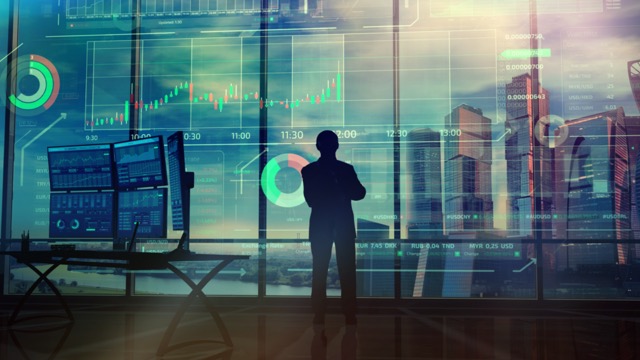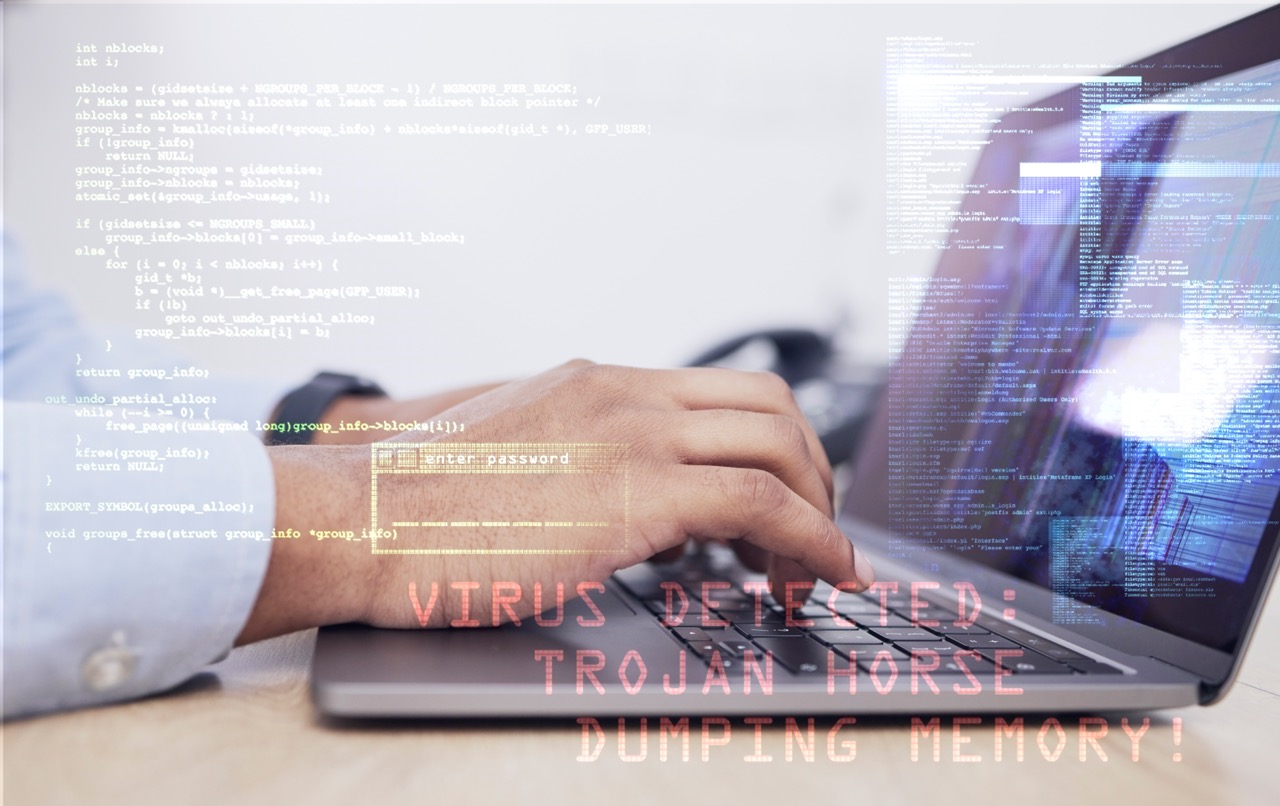Each industry faces its own unique set of cybersecurity challenges, driven by the specific risks, regulatory demands, and technological landscapes that define their sector. At Bramfitt Technology Labs (BTL), we provide specialised solutions tailored to the needs of various industries, ensuring that our services align with the specific threats and operational requirements of each field. Below, we define the primary sectors we serve and the key security considerations for each.

Energy
The energy sector is a crucial part of national infrastructure, encompassing the production, transmission, and distribution of electricity, oil, and natural gas. The rise of smart grids, renewable energy systems, and digital controls in Industrial Control Systems (ICS) has revolutionised this sector, but it also creates new cyber vulnerabilities. Cyberattacks like the 2015 Ukraine power grid attack demonstrated the devastating impact of breaches on energy infrastructure, leading to widespread blackouts and operational disruptions.
Specific Examples in the Energy Sector:

Financial services
The financial services sector, including banks, insurance companies, investment firms, and fintech companies, is among the most targeted by cybercriminals due to the high value of financial data and the potential for significant financial gain.
Cyberattacks such as the Equifax data breach in 2017, which compromised personal and financial information of over 147 million people, highlight the critical need for stringent security measures.
Specific Examples in the Financial services Sector:

Healthcare
Healthcare organisations are tasked with safeguarding sensitive patient data and ensuring that medical systems remain operational. Ransomware attacks like the 2017 WannaCry incident, which affected the UK’s National Health Service (NHS), underscore the devastating impact of breaches on patient care and hospital operations.
Specific Examples in the Healthcare Sector:

Media and entertainment
With the shift towards digital content, the media and entertainment industry faces challenges related to intellectual property theft, digital piracy, and data breaches.
The infamous Sony Pictures hack in 2014 demonstrated how targeted attacks can disrupt operations and lead to significant financial and reputationial damage.
Specific Examples in the Media and entertainment Sector:

Retail & Consumer Products
The retail industry is highly vulnerable to cyber threats targeting e-commerce platforms, POS systems, and supply chains. Breaches like the 2013 Target data breach, which exposed the credit card details of over 40 million customers, highlight the need for comprehensive security solutions.
Specific Examples in the Retail & Consumer Products Sector:

Technology
Technology companies, whether they focus on software development, hardware manufacturing, or digital services, are continually innovating. This makes them targets for intellectual property theft, ransomware attacks, and supply chain vulnerabilities. Notable breaches, like the SolarWinds attack, underline the critical importance of protecting software development processes.
Specific Examples in the Technology Sector:

Telecommunications
The telecommunications sector is a vital part of global communication infrastructure, making it a target for state-sponsored attacks and espionage. Data breaches and service disruptions can have far-reaching effects on national security and global communications.
Specific Examples in the Telecommunications Sector:

Transportation
The transportation industry, including airlines, logistics companies, and public transit systems, increasingly relies on digital systems to manage operations.
Incidents like the 2020 cyberattack on New York’s Metropolitan Transportation Authority show the vulnerabilities in this sector’s critical infrastructure.
Specific Examples in the Transportation Sector: